By Gabriele Edwards, Urban Forestry Program Specialist, Iowa DNR
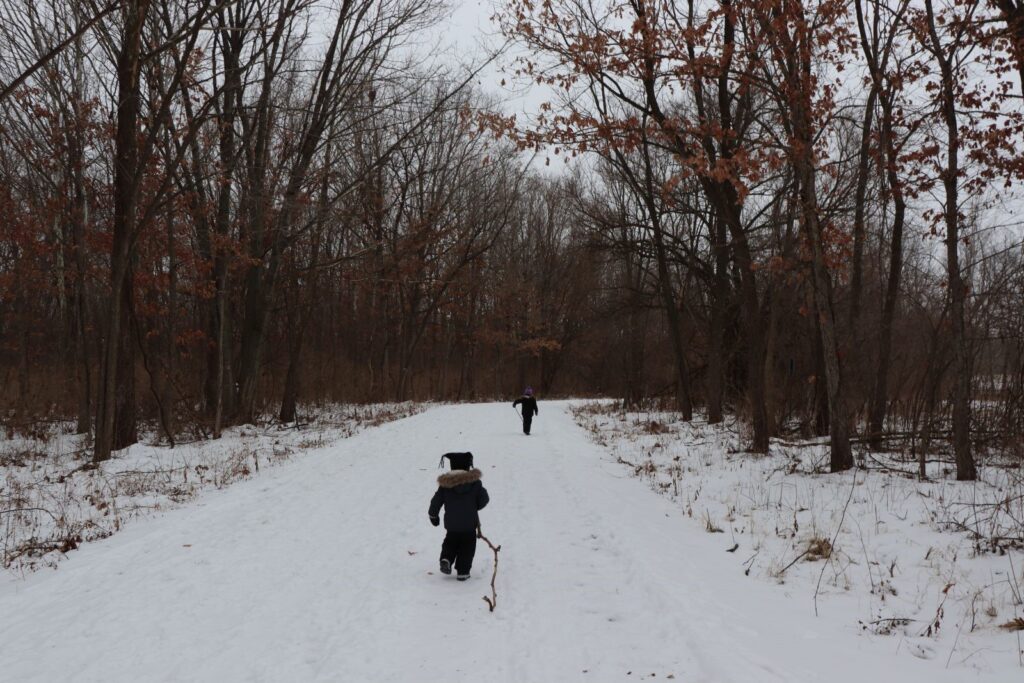 As the temperature drops and sunlight decreases, deciduous trees shed their leaves and focus on internal storage and conserving resources. Our behavior often mirrors that of a dormant tree. It is easy to shed our active, outdoor lifestyle in favor of lounging under blankets and remaining sedentary most of the day.
As the temperature drops and sunlight decreases, deciduous trees shed their leaves and focus on internal storage and conserving resources. Our behavior often mirrors that of a dormant tree. It is easy to shed our active, outdoor lifestyle in favor of lounging under blankets and remaining sedentary most of the day.
This typically results in added “resources” (aka those pesky extra winter pounds) due to lack of activity and extra stress associated with the holidays and year-end deadlines. Unlike those powered-down trees, we need to maintain a healthy, active lifestyle throughout the colder months to keep ourselves physically, mentally and emotionally powered-up.
Continue reading “Trees Go Dormant In The Winter But Your Healthy Lifestyle Shouldn’t”

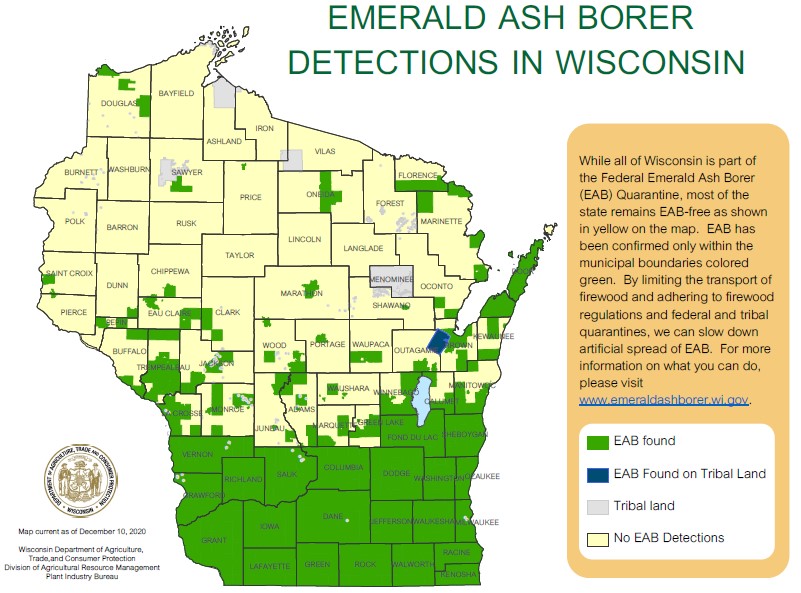
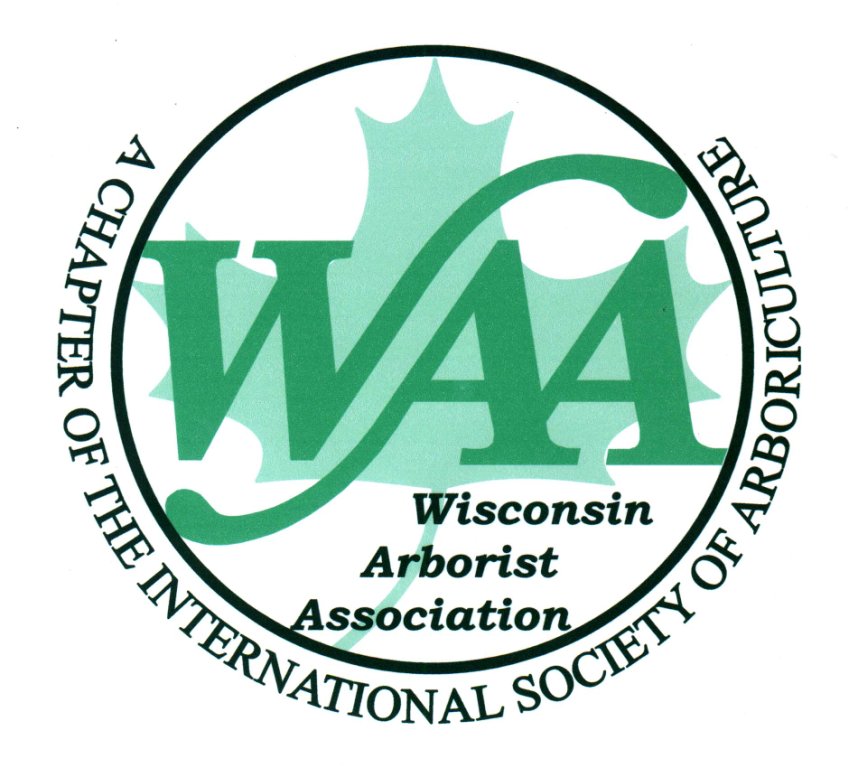 The Wisconsin Department of Natural Resources (DNR) and the Wisconsin Arborist Association will virtually host the Wisconsin Annual Urban Forestry Conference on Feb. 21-23, 2021. Please join us for three days of exhibits, expert presentations and networking events and opportunities.
The Wisconsin Department of Natural Resources (DNR) and the Wisconsin Arborist Association will virtually host the Wisconsin Annual Urban Forestry Conference on Feb. 21-23, 2021. Please join us for three days of exhibits, expert presentations and networking events and opportunities.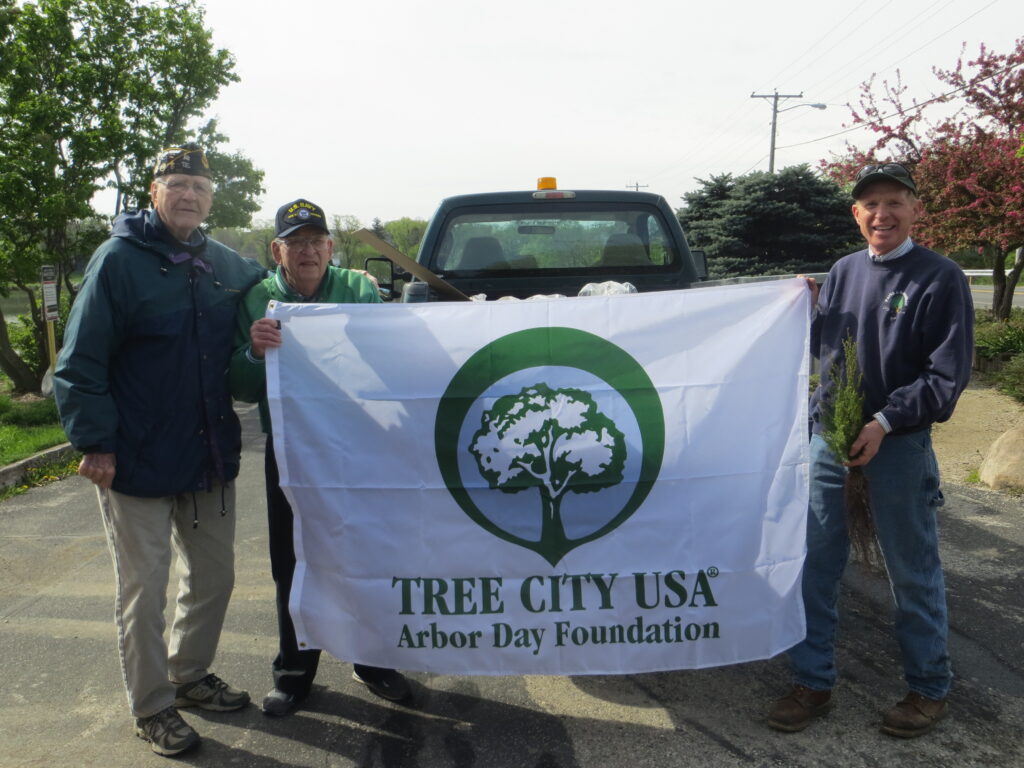 Connect, collaborate and learn from Tree City USA communities about ways to engage, grow and innovate your urban forestry program. This first-of-its-kind event will be held from 11 a.m. to 12:30 p.m. on Feb. 10, 17 and 24.
Connect, collaborate and learn from Tree City USA communities about ways to engage, grow and innovate your urban forestry program. This first-of-its-kind event will be held from 11 a.m. to 12:30 p.m. on Feb. 10, 17 and 24.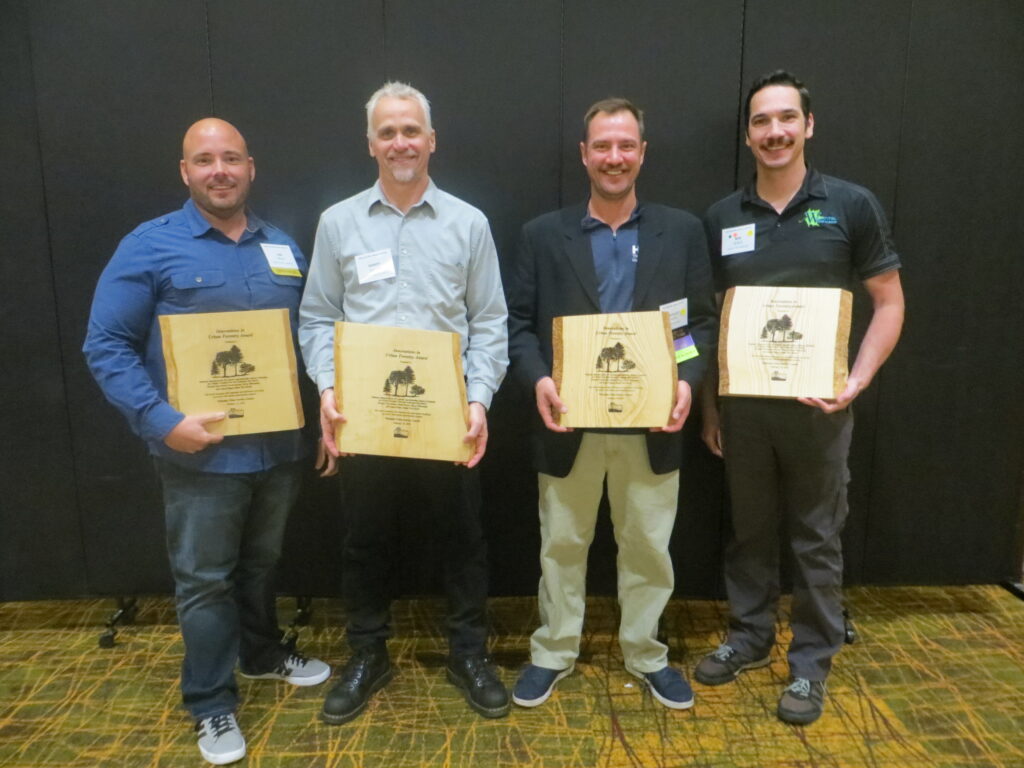
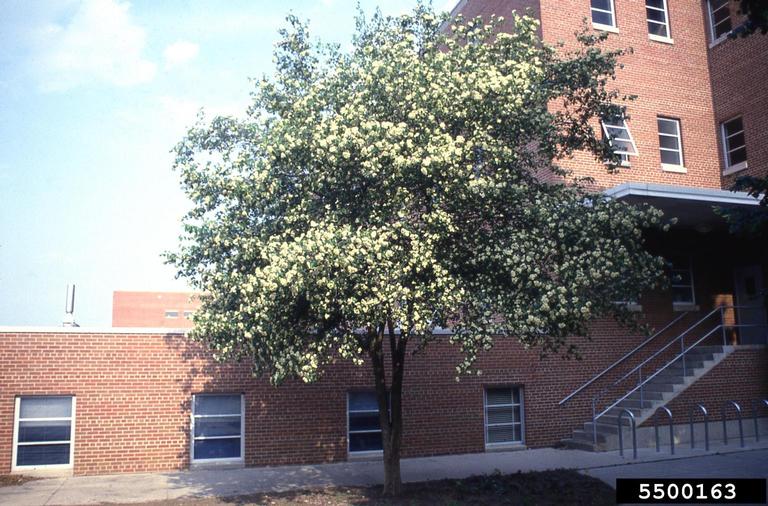
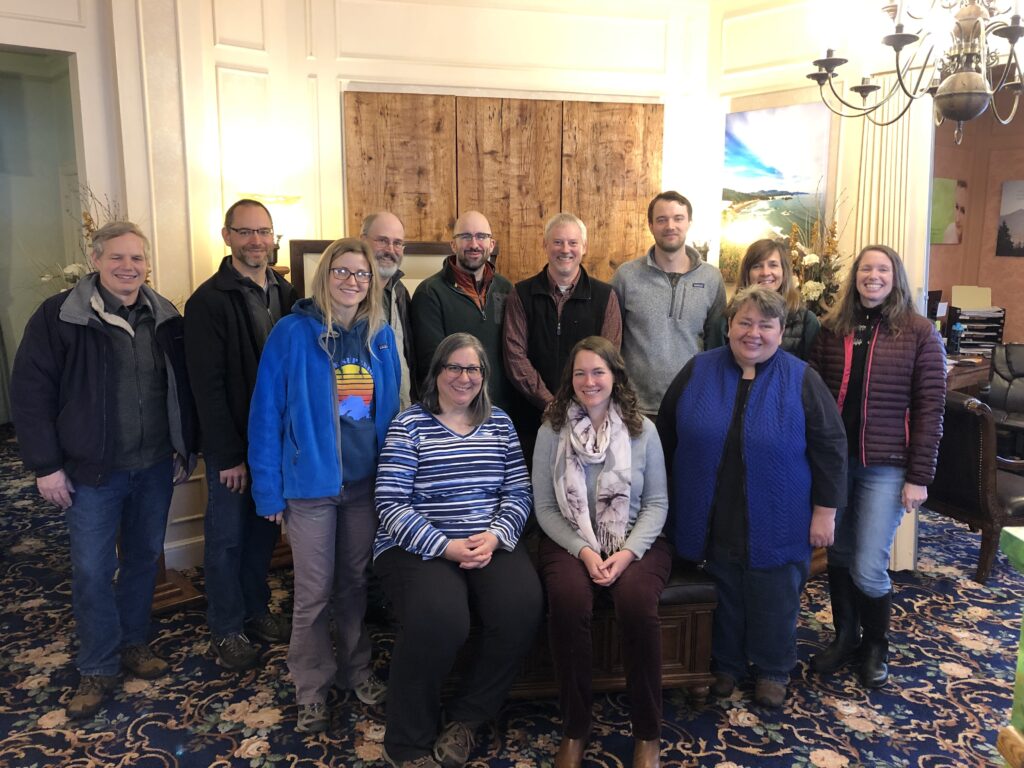 As the year draws to a close, we asked DNR urban forestry staff to reflect on the last twelve months and choose their top highlight – whether it’s a project they’re especially proud of, a new partnership or a deeper relationship with coworkers. Here are their responses:
As the year draws to a close, we asked DNR urban forestry staff to reflect on the last twelve months and choose their top highlight – whether it’s a project they’re especially proud of, a new partnership or a deeper relationship with coworkers. Here are their responses: The Wisconsin Annual Urban Forestry Conference will be held as a virtual event in 2021, with sessions on Feb. 21, 22 and 23.
The Wisconsin Annual Urban Forestry Conference will be held as a virtual event in 2021, with sessions on Feb. 21, 22 and 23.